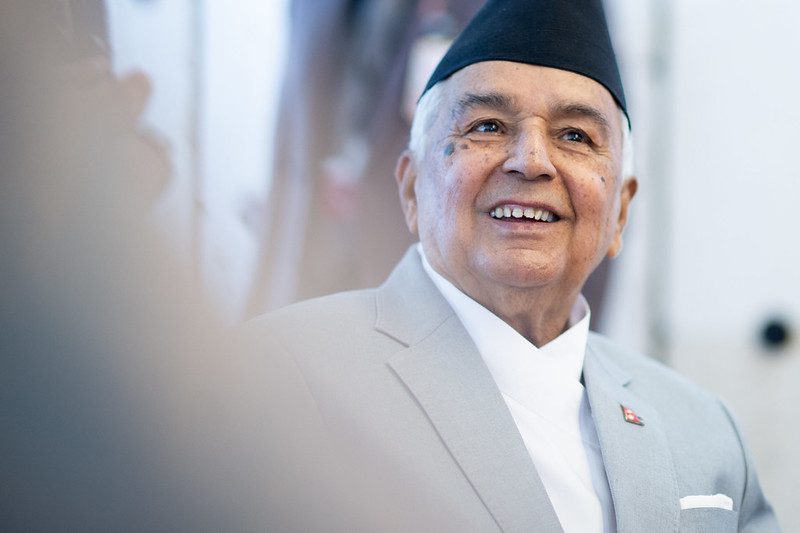Nepal is facing a new wave of political unrest and civic violence led by the country’s Gen Z generation. The protests were ignited by a nationwide social media ban and long-standing grievances over government corruption and elitism.
What began as a government attempt to expand state control has backfired. The result has been violence, destruction and the toppling of Nepal’s government, exposing weaknesses in Himalayan democracy.
On 4 September, former Prime Minister K.P. Sharma Oli enacted restrictions on more than 25 social media platforms, including X, Instagram and WhatsApp. These platforms were suddenly blocked, leaving Nepal’s 31 million people unable to communicate online.
The government, under President Ram Chandra Paudel, argued that the crackdown was a response to misinformation and growing anti-government sentiment. But for many younger Nepalis, the move was seen as a sign of an expanding authoritarian reach.
Within days, discontent turned violent. Protesters flooded streets across Nepal, and key cities such as Kathmandu, Pokhara and Butwal became centres of mobilisation.
Demonstrators demanded not only a reversal of the social media ban but also greater accountability from political elites, often criticised as out of touch and nepotistic.
By 8 September, the mobilisation had escalated. Government buildings were set alight, ministers’ homes ransacked and civic infrastructure looted. More than 1,500 prisoners reportedly escaped from correctional facilities during the unrest.
Amid the violence, Finance Minister Vishnu Prasad Paudel was attacked in Kathmandu, dragged naked through the streets and beaten. In response, security forces deployed tear gas, water cannons and live ammunition.
The Human Rights Commission described the use of force as “excessive” and “brutal”. The official death toll stands at 14, though international media outlets and organisations such as The Economist and Asia Media Centre have reported higher figures.
As the situation became unmanageable, political instability deepened. Both the President and Prime Minister resigned, along with several ministers.

Image: KP Sharma Oli, Prime Minister of Nepal during an Inauguration Ceremony – ICIMOD Kathmandu
The swift exits of Oli and Paudel opened space for opposition parties, particularly the Nepali Congress and the Rastriya Swatantra Party, to call for elections and structural reforms.
With the prime minister gone, the army moved into the streets, enforcing curfews and attempting to calm the unrest. Security forces have made hundreds of arrests of those accused of vandalism and incitement.
In a notable development, protesters have suggested former Chief Justice Sushila Karki as interim prime minister. This reflects a wider demand for institutional renewal rather than simply a change of leadership.
The Indian Express points to deep-rooted frustrations underlying the protests. Stagnant wages, limited job opportunities and systemic corruption have left many young Nepalis disillusioned, with large numbers seeking work abroad. The social media ban acted as the trigger for anger that had been building for years.
The immediate future remains uncertain. Without stable leadership, Nepal risks prolonged instability. Yet the unrest could also provide an opportunity for democratic reform if dialogue and accountability are pursued.
As Nepal reels from the shockwaves of the protests, the central question is whether its political leadership can respond effectively to the demands for change, or whether the momentum will fade as the country struggles to restore order.
Featured Image via Violaine Martin / ILO

